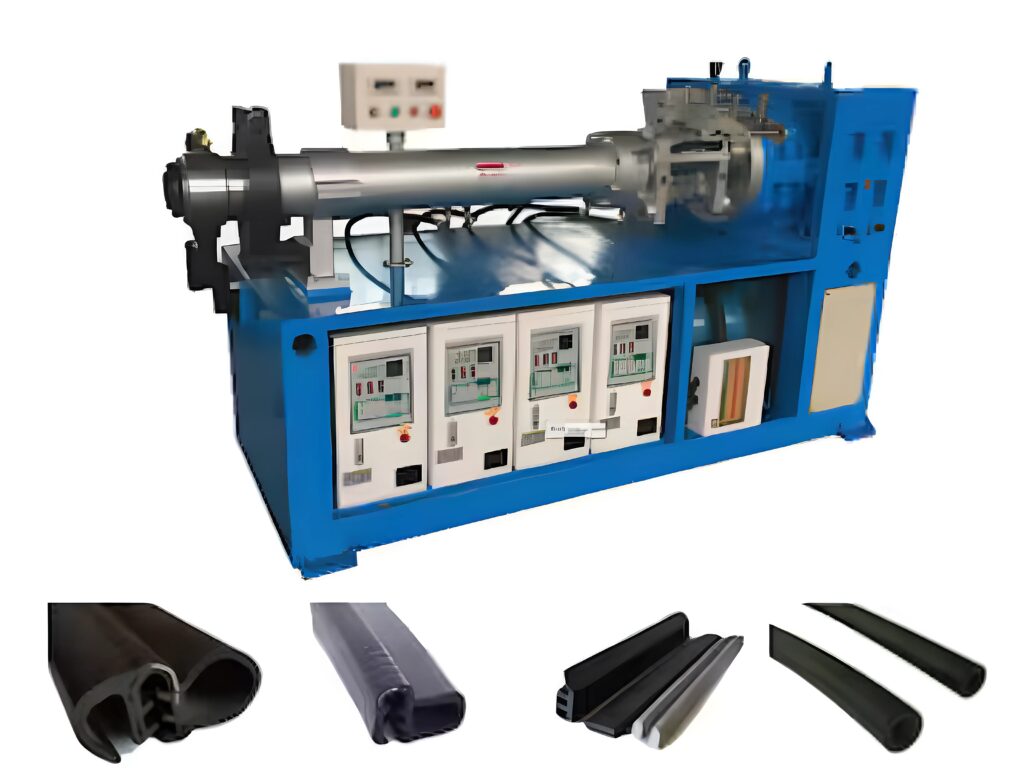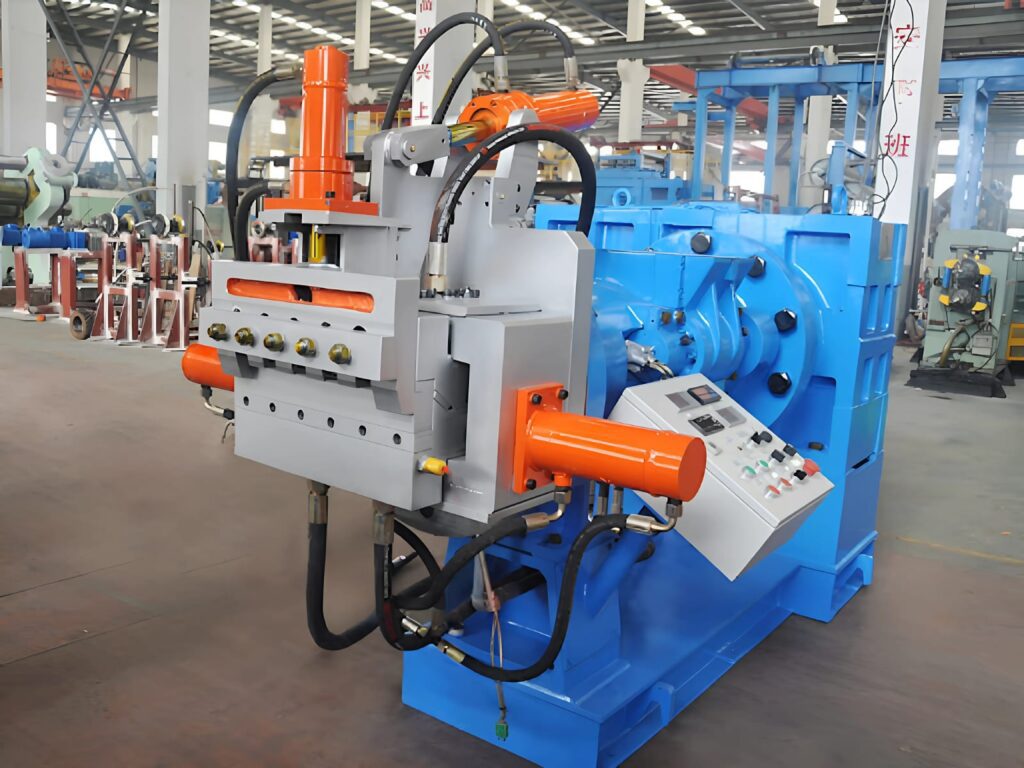Choosing the Right Rubber Extruder for Your Application

In rubber processing, a rubber extruder is one of the most necessary machines. Be it hoses, seals, profiles, or any other rubber component, the proper selection of extruder will make all the difference regarding the quality of the product, efficiency, and overall production cost. Among numerous varieties available in the market, it is very important to identify which type of extruder and which specifications best suit needs. Follow this blog as it takes you through the critical considerations in choosing the right rubber extruder for your application.
Rubber Extruders Basics –
A rubber extruder is a machine that shapes rubber materials by forcing them through a die. The die makes the product, such as a hose or profile, a continuous product of specific dimensions. Rubber extruders include cold feed, hot feed, pin barrel, and vented extruders. Each has different applications and advantages, and thus it would be interesting to know what would be suitable for your needs.
Know your product requirements –
Before selecting an extruder rubber you must consider the tolerance design of your end product among the following:
- Dimensions and Tolerance: The type of product to be manufactured determines the tolerances needed, which vary depending on the type of extruder. Tolerances are highly sensitive for any product to be highly recognized.
- Shape and Complexity: Some profiles require certain types of extrusion dies, which are preferably managed by specific extruders.
- Material Composition: Different kinds of rubber compounds pose a problem in handling raw materials, and not all extruders handle each kind in equal ways.
For example, precision parts such as medical tubing may need an extremely controlled cold-feed extruder, but a hot-feed model would be good enough for simpler profiles.
Choose the Right Type of Extruder –
There are several types of rubber extruders and each one serves a specific production need:
- Cold Feed Extruders: These extruders can easily be employed for modern applications as they directly concern themselves with the direct extrusion of uncured rubber from ambient temperature. These are energy efficient and versatile with accurate control. They can be employed in applications like automotive and medicine.
- Hot Feed Extruders: This type of extruder has been traditionally employed for simpler products since it requires preheated rubber for operation at a relatively higher temperature. These are normally less expensive than cold-feed extruders but lack versatility and precision.
- Pin Barrel Extruders: These extruders are helpful in achieving good mixing. These machines primarily work where uniformity is important and are usually products requiring a uniform mixing of the material.
- Vented Extruders: If your process has anything to do with the removal of dissolved gases or moisture, vented extruders would be helpful. A vented extruder lets out gases during the extrusion process and thus helps in the overall creation of a better product.
Does It Suit Your Production Volume?
The needs are varied, depending on the industry. High-volume applications call for a high-throughput extruder with heavy-duty construction. Low- to moderate-volume production might be best suited with compact and energy-efficient models. Knowing your monthly or annual output needs lets you pick a machine that can keep up without unnecessary operating costs.
Consider Automation and Control Features –
Many modern rubber extruders come with automation, giving you more accurate and easier-to-use types:
- Temperature and Speed Controls: A good extruder should include sophisticated temperature and speed controls. This is because various materials are used to create uniform products.
- Automated Die Adjustment: It helps streamline the operation and reduces manual adjustments to achieve consistent quality.
- Energy-Saving: Opt for an extruder that includes energy-saving technologies to reduce the cost of operation and diminish environmental impacts.
These features make production easier but also control quality better, which is important for manufacturers requiring high quality.
Maintenance and After-Sales Support –
Maintenance becomes an automatic part of machine ownership. When evaluating an extruder, be sure to consider the following:
- Ease of Maintenance: Machines with accessible parts end up saving time and money in the long run.
- Durability: High-quality, long-lasting components are expensive upfront, but result in a lower number of hours of lost or unproductive time.
- After-Sales Support: A support company that offers good after-sales support may become a critical difference maker. Look for vendors who provide comprehensive maintenance packages, training, and prompt availability of spare parts.
Budget and ROI –
An investment in an extruder is a long-term investment. While it may be possible to have a more modest initial investment in some cases, other investments in an extruder can pay back quicker in ROI through higher-quality products, reduced waste, and saved energy. Determine what capabilities the extruder will offer for your own long-term goals of production, as the right tool will make you more profitable and improve the quality of your product.
Conclusion –
Selecting the right rubber extruder for your application need not be intimidating. For instance, knowing the specifications of your product, production volume, and budget and then finding an ideal apparatus with the relevant features and support will make a huge difference in enhancing your manufacturing process. And investing sufficient time in the right selection will yield quality products, efficiency, and profitability, thus keeping the operation competitive and sustainable.
For More Information Visit Here

 Compression Molding
Compression Molding



